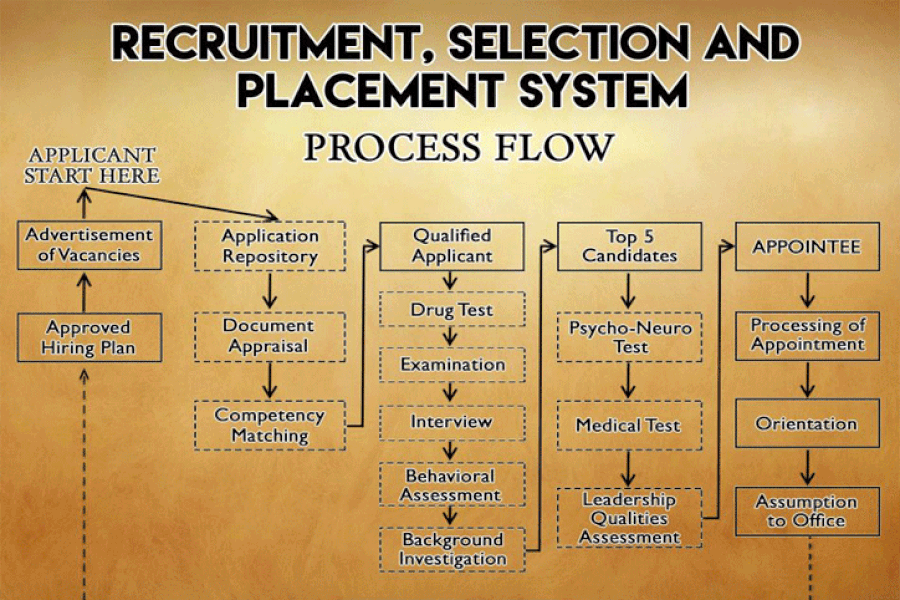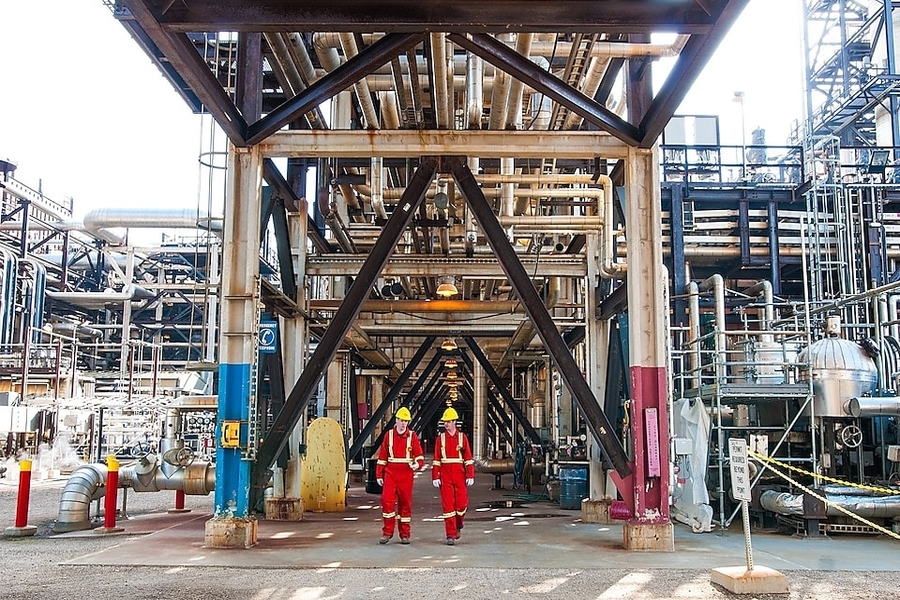What is The Role of Human Resources Managers?
Question:
Assess, with examples from a range of organizations, the ethical responsibilities of Human Resource Managers and HR Management staff to all organizational stakeholders.
Introduction | Human Resource Managers
Today, it is tough to ignore the ethical question that runs through our society and to which the company is not immune. Is this an “ethical wave” sweeping? A question that arises following a scandal or, more generally, when things are not going well? Is this a new management? The names of sustainable development, social responsibility, and ethical management are different, and the practices and expectations may vary or be similar (Greenwood, 2001). All sectors of the company are affected: finance, marketing, production, and human resources; all the “stakeholders” of the company are concerned: those who work or govern it, customers, suppliers, competitors, neighbors, various associations, and others. What is the role of human resource managers? How are they affected? These questions are indeed useful and need to be answered.
Indeed, the opinions and positions of company managers differ depending on the situations encountered within each company and on the definition of ethics adopted. Depending on the sector of activity, the legal provisions, the type of “stakeholders” along with the strategy and the type of organization, according to the significant events related to ethics that the company knows or has been able to know, according to the attitude of its leaders the question will be presented differently. The response methods will be specific (Greenwood & Simmons, 2004). Human resources managers have a role to play in the ethical conduct of the various HR functions: from recruitment to career management to layoffs and retraining, including management through skills, assessment, or training.
They all have a role to perform in relations with colleagues, staff, union representatives, socio-economic and political leaders, and the company’s external partners. They have a role to perform in the implementation of cross-company practices (Greenwood, Michelle and Freeman, 2011).
Ethical Human Resource Managers
When the concept of employee engagement is combined with the moral treatment of the employees, the entire scenario is referred to as ethical HRM. It combines stakeholder engagement with the moral treatment of the organizational stakeholders, which ethical HRM often implies (Kaler, 2002). As per the stakeholder theory, the organization is obliged to treat its employees as an end in its own right and bear the consequences of its behavior towards the company employees. This position is also consistent with pluralist assumptions related to the employment relationship. All the parties enter into a contract with their consent and voluntary action. The company will hold positive obligations by virtue of acceptance of the benefits of the employees’ contribution and vice-versa (Miles & Friedman, 2002).
On the other side, employees have liberty and safety in the workplace like the right to organize, freedom of association, eradication of forced labor, collective bargaining, provision of equal treatment and opportunities along with standard and regulating conditions across the spectrum of work-related issues (International Labour Organisation, 2004). An argument for this aspect was presented by Bowie (1998), which suggests that employees also hold the right to meaningful work. Moreover, Rowan (2000) argues that the employees also have the right to respect, which he added to the right to freedom, equality, and well-being. This viewpoint of ethical HR implies that the organization is responsible to act in the best interest of the employees and do so to enhance these interests along with involving employees in decisions related to those interests.
The Image of the Leader and the Identification of Unethical Practices
Staff’s perception of their leader Human Resource Managers as “moral” leaders is essential. This encourages staff to follow the leader and enables a process of change. The leader’s role is “to articulate and personify the values and standards to which the organization aspires, to inspire and motivate employees to follow their leader.” If we think first of all of the company’s managers, each of them is now called upon to play a leadership role at their level of responsibility. “Staff needs to recognize the moral characteristics of the leader: his honesty, his integrity.” “This will allow the leader to focus the attention of the organization over ethics and values and to disseminate in the organization those principles which will guide the actions of the employees” (Crane & Matten, 2004).
Certain practices related to organizations and human resources can be qualified as “unethical.” These applications discredit the entire company. In theory, we are talking about new working models. In practice, this may be accompanied by part-time jobs rather than full-time jobs; In theory, we can speak of flexibility; in practice, it may be for management to “do whatever it wants”; In theory, we can talk about delegation, empowerment and, in practice, making someone else take risks and responsibilities; In theory, we can speak of training and development and, in practice, of manipulation; In theory, we can speak of the recognition of the work of individuals and, in practice, we “underestimate unions and collective disputes”; In theory, we can speak of work teams and, in practice, be less respectful towards individuals (Werhane, Radin and Bowie, 2004).
Human Resource Management Ethical Misconduct Example
An example of this can be associated with ethical misconduct in the fast food chain McDonald’s, which stated that the fast food giant treated its employees criminally and illegally. In 2012, approximately 200 Eastwood workers in New York City associated with the Mcdonald’s chain went on strike, demanding an hourly wage of 15 dollars and the right to establish a union.
The protests for Fight for 15 USD widely spread across the US. Moreover, the Service Employees International Union (SEIU) supported the move. Later, it expanded to almost 150 US cities and over 33 countries. This case is eventual evidence of the inability of the restaurant’s Human Resource Managers and HR department to connect with its employees.
The Success | Human Resource Managers
This campaign on the part of Mcdonald’s employees was a remarkable success in a brief period. The National Labor Relations Board ruled out that the corporation is a joint employer of those working in franchise-based restaurants, a big win for fast food activists. Later, New York City ordered the human resource managers to grant a minimum $15 wage. Around 180,000 fast food workers got the benefit in the state. Similarly, the fast food chain operator offered an increase to those working in the restaurants rightly owned by the corporation, which imposed pressure on the HR departments of the franchises to do the same.
Conclusion | Human Resource Management
The concept of ethical HRM Human Resource Managers’ practices and stakeholders is an argument between the moral treatment of the organizational stakeholders as well as the strategic treatment of the stakeholders. This distinction does have a considerable implication for human resources. Employees can morally be viewed as individuals with their own interests and rights. They can be viewed strategically as a resource for maximizing organizational revenues. Depicting employees as moral stakeholders provides a normative and practical model for ethical human resource management. The stakeholder theory holds the potential to present a framework
which will determine the darker side of Human Resource Management (HRM) and, as such, increase the theoretical understanding of this aspect.
Need Help or Advice in Academic Writing
See Samples
https://independent.academia.edu/shamsulIslam8
Need Help or Advice in Content Writing Management:
Would you like more advice? Do you have good practices to share? Express yourself in the comments.
Also, if you want help in writing content to drive more traffic and boost conversions, please get in touch through Contact our team.
Do you want help writing quality content, driving traffic to your website, and boosting conversions? You can contact me through my Freelancer.com profile also. I always prefer to work through Wiselancer for smooth functioning. Here you pay safely and securely.
Read More:
RIGHT SET OF HRM ACTIVITIES ALLOW ORGANIZATIONS TO ACHIEVE GOALS
A RESEARCH CASE STUDY OF QATAR DEVELOPMENT BANK ON SMES
ETHICAL RESPONSIBILITIES OF HUMAN RESOURCES MANAGEMENT
References:
- CRANE Andrew et MATTEN Dirk, (2004) Business Ethics, New York, Oxford.
- Greenwood, M., & Simmons, J. (2004). A Stakeholder Approach to Ethical Human Resource Management. Business & Professional Ethics Journal, 23(3), 3-23. Retrieved February 3, 2021, from http://www.jstor.org/stable/27801346
- Greenwood, M.R. 2001. Community as a stakeholder: Focusing on corporate social and environmental reporting. Journal of Corporate Citizenship, 1(4): 31-45
- Greenwood, Michelle & Freeman, R.. (2011). Ethics and HRM. Business and Professional Ethics Journal. 30. 269-292. 10.5840/bpej2011303/413.
- https://www.theguardian.com/commentisfree/2014/may/15/poverty-wages-exploited-workers-mcdonalds-protests
- Kaler, John. (2002). “Morality and Strategy in Stakeholder Identication.” Journal of Business Ethics 39(1): 91–99.
- Miles, Samantha, and Andrew L. Friedman. (2002). “Exploring the Social Construction of Stakeholder Management in the UK.” Oxford Brookes University Business School: Discussion Papers in Governance and Accountability No 02/008
- Werhane, P. H., T. J. Radin, and N. E. Bowie. (2004). Employment and Employee Rights. Malden, MA: Blackwell Publishing.






